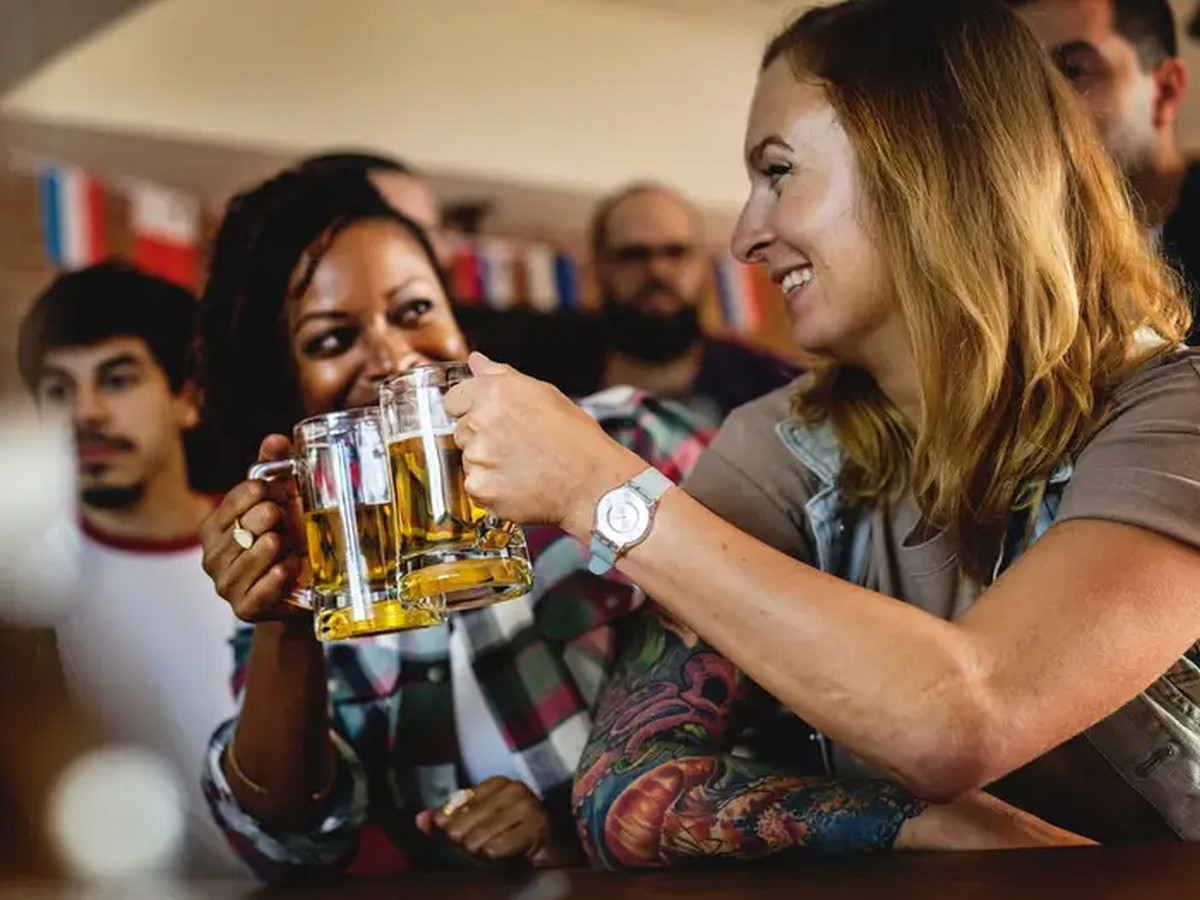When encountering new or unfamiliar situations, it’s common to harbor negative or critical feelings. Whether it’s meeting someone for the first time or encountering a novel experience, our brains are wired to be prejudiced, often without our conscious awareness. However, psychologists suggest that there are strategies to mitigate this innate bias.

Seeking Differences: A Natural Instinct
According to social psychologists at the Social Cognition Center Cologne (SOCCO), our initial interactions with strangers are characterized by a search for differences rather than similarities. This tendency, ingrained in our nature, leads us to gravitate towards negative traits when forming first impressions.
The Role of Prejudice
Prejudices, while often viewed negatively, serve a fundamental purpose in helping us categorize and understand new experiences. However, this categorization process can inadvertently lead to the formation of stereotypes, both positive and negative, influencing our perceptions of others.

The Alien Experiment
In a study conducted by researchers, participants were presented with images of fictive alien groups to simulate encounters with unfamiliar entities. Results indicated that individuals tended to favor groups with characteristics perceived as less negative, illustrating the ease with which we form negative perceptions.
Overcoming Prejudice
While the inclination towards prejudice may be inherent, there are strategies to counteract its effects. By consciously seeking out similarities and empathizing with others, individuals can shift their focus towards positive characteristics, thereby mitigating the impact of prejudice in social interactions.

Future Directions
Researchers aim to explore the effects of prolonged exposure to unfamiliar groups, hypothesizing that increased familiarity may lead to a greater emphasis on shared similarities. Understanding these dynamics can inform interventions aimed at reducing prejudice and fostering inclusivity in diverse social contexts.
In conclusion, while prejudice may be a natural tendency, awareness and proactive efforts to focus on similarities can help overcome biases and promote positive social interactions.















Comments